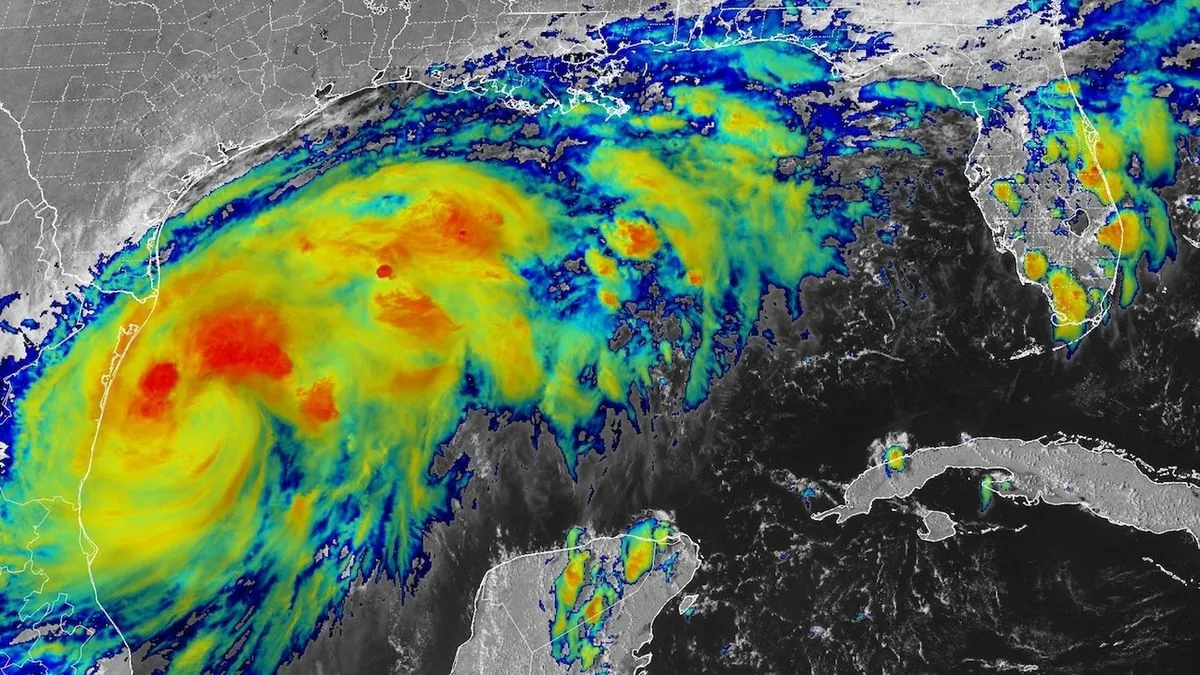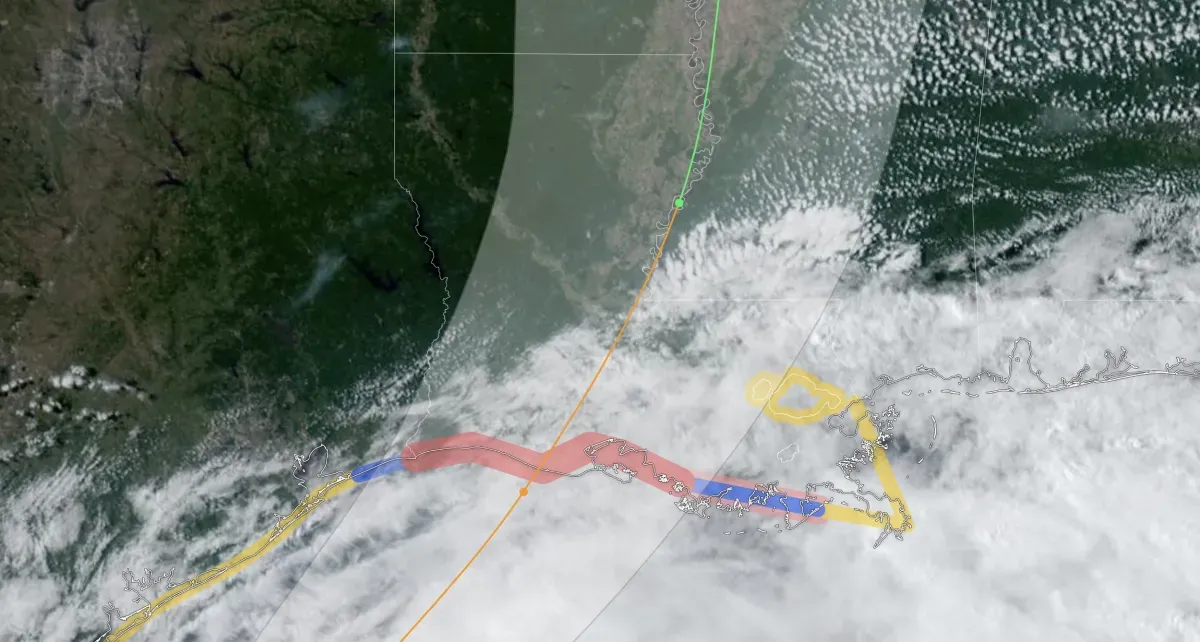Tropical Storm Francine Threatens Louisiana, Disrupts Gulf Energy Operations
Tropical Storm Francine intensifies, prompting evacuations in Louisiana and shutdowns in Gulf of Mexico energy production. The storm poses a significant test for LNG export facilities in the region.

Tropical Storm Francine is intensifying as it approaches the Louisiana coast, with forecasts predicting its transformation into a hurricane by September 11, 2024. This development has triggered a series of precautionary measures across the Gulf Coast region, affecting both residents and the energy sector.
The U.S. National Hurricane Center has issued warnings about Francine's potential impact, which could include life-threatening winds, heavy rainfall, and a storm surge of up to 10 feet. These conditions have prompted mandatory evacuations in three coastal communities and the closure of schools in affected areas. Local authorities are distributing sandbags to help residents prepare for potential flooding.

The storm's approach is causing significant disruptions to the energy industry in the Gulf of Mexico. This region, which produces about 17% of the United States' crude oil, is seeing widespread shutdowns and evacuations of offshore facilities. Major energy companies, including Exxon Mobil, Shell, and Chevron, have begun removing staff from their platforms and halting production at several sites.
The impact of Francine extends beyond oil production, affecting the natural gas sector as well. The Gulf Coast region, home to several liquefied natural gas (LNG) export plants, is bracing for what could be a major test of its infrastructure. LNG, which is natural gas cooled to -162°C, has become an increasingly important export for the United States since it became a net exporter in 2017.
"Between Texas and Louisiana, the ports of Beaumont, Port Arthur, Lake Charles, Cameron and Sabine imposed restrictions to vessel traffic, while New Orleans, Baton Rouge and Houma began preparations to face the storm as it was expected to move from Texas to Louisiana."
The storm's approach has also led to restrictions and closures at several ports along the Gulf Coast. The Port of South Louisiana, the largest tonnage port district in the Western Hemisphere, is among those preparing for Francine's impact. These disruptions are likely to have ripple effects on shipping and commerce in the region.
As Francine nears landfall, its potential impact on the energy sector is reflected in market movements. Oil prices have risen due to the production shutdowns, while natural gas prices have fallen, influenced by concerns about potential disruptions to LNG processing plants.
The storm serves as a reminder of the vulnerability of coastal areas to extreme weather events. Louisiana, which has lost nearly 2,000 square miles of land to coastal erosion since the 1930s, faces particular challenges in storm preparedness and resilience.
As Francine approaches, residents and industries alike are on high alert. The National Hurricane Center, established in 1965, continues to provide crucial updates on the storm's progress. With memories of devastating hurricanes like Katrina in 2005 still fresh, the region is taking no chances in its preparations for Francine's arrival.


































